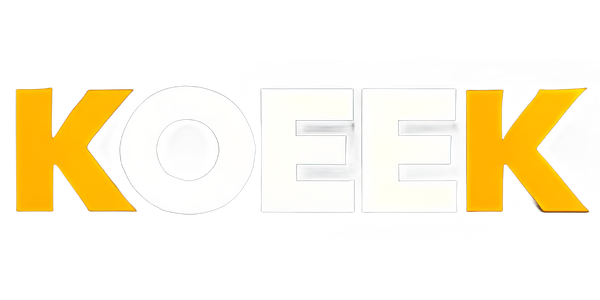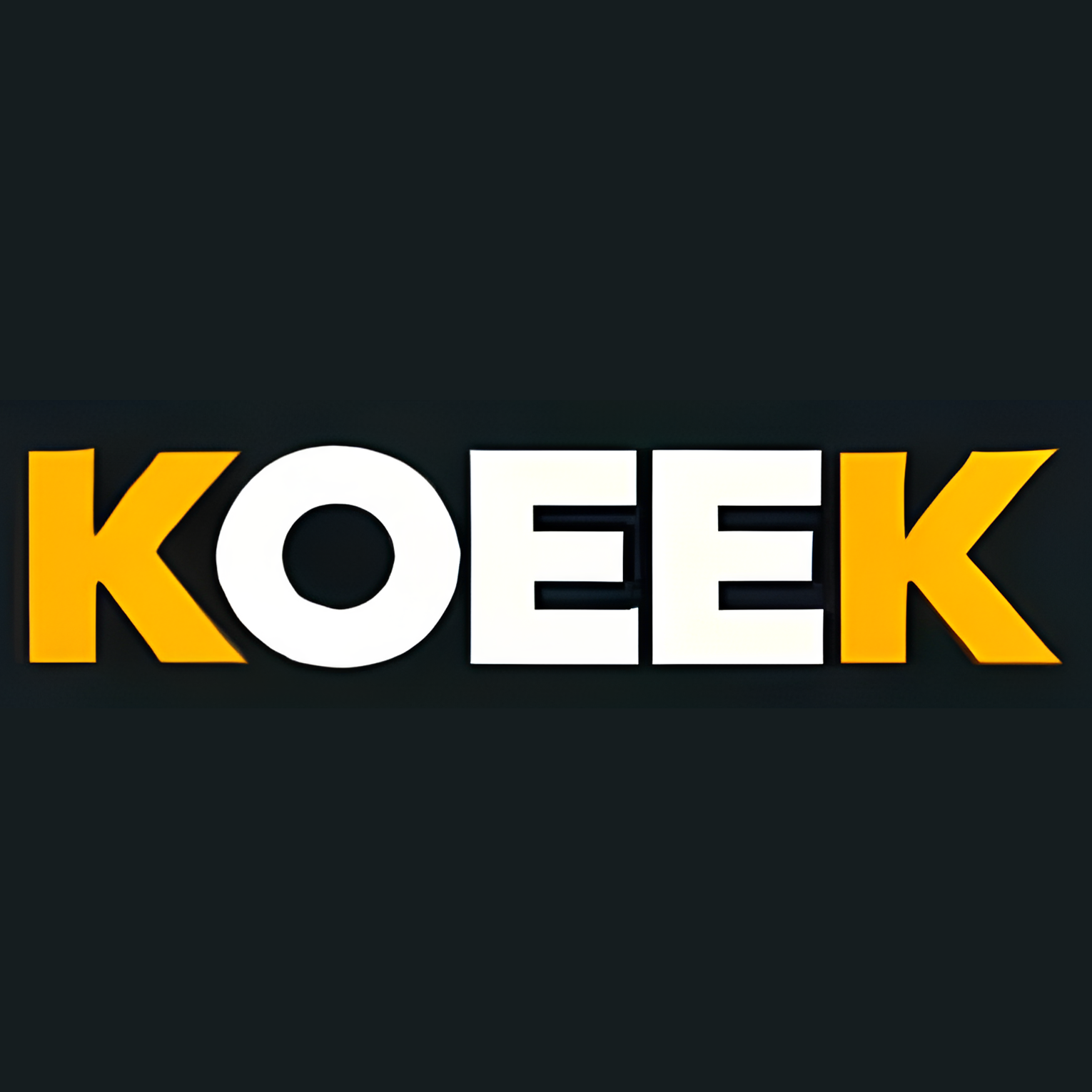Depth | How do you view the current hardware tool industry landscape?
In an era where technology is rapidly evolving and transforming every aspect of our lives, the hardware tool industry is not an exception. The landscape of this industry has been influenced significantly by innovation, consumer demand, and a continuous pursuit for efficiency and effectiveness. In this article, we will delve into the current state of the hardware tool industry, exploring emerging trends, challenges, and the opportunities that lie ahead for professionals and enthusiasts alike.
At the forefront of the industry's evolution is the integration of smart technology into traditional tools. The concept of the Internet of Things (IoT) has found its way into hardware tools, enhancing their functionality and providing users with unprecedented levels of control and data. Tools are now being equipped with sensors and connectivity that allow for performance monitoring, predictive maintenance, and even remote operation. This digital transformation is not only reshaping the tools themselves but also the way they are used and managed.
Another significant trend is the emphasis on sustainability and eco-friendliness. Manufacturers are increasingly aware of their environmental impact and are developing tools that are more energy-efficient, have longer life spans, and are made from recyclable materials. This shift is not only a response to regulatory pressures but also a reflection of consumer preferences as more individuals and businesses are making conscious choices to minimize their ecological footprint.
As we examine the hardware tool industry, we cannot overlook the impact of advanced manufacturing techniques such as 3D printing. Additive manufacturing has opened the doors to custom tool production, rapid prototyping, and the manufacture of complex parts that were previously impossible or too costly to produce. This innovation is a game-changer for the industry, offering both manufacturers and end-users more versatility and speed in bringing products to market.
Competition within the hardware tool sector is fierce, with numerous players ranging from established giants to innovative startups. This competitive atmosphere drives a continuous cycle of improvement and affordability, benefiting consumers. Companies are investing in research and development to create tools that are not only more advanced but also more durable and reliable. The rise of e-commerce has also played a pivotal role in shaping the industry's landscape, providing customers with wider access to a variety of tools and the convenience of online shopping and delivery.
Despite these positive trends, the industry faces challenges, particularly in the form of global supply chain disruptions and raw material shortages. These issues have tested the resilience and adaptability of hardware tool manufacturers. In response, many have optimized their supply chains, diversified their supplier base, or sought alternative materials to mitigate risks and ensure product availability.
Education and skills development are essential aspects of the current hardware tool industry landscape. With tools becoming more sophisticated, there is a growing need for skilled technicians and users who can operate and maintain them effectively. This has spurred an increase in training programs and technical certifications, as well as a greater emphasis on STEM education to prepare the future workforce for the demands of the industry.
Looking ahead, the future of the hardware tool industry appears bright and full of potential. There is a clear trajectory towards smarter, more connected, and sustainable tools that cater to a wide range of applications. As a professional in the field, staying informed about the latest trends, embracing continuous learning, and adopting new technologies are crucial to thriving in this dynamic environment.
In conclusion, the current hardware tool industry landscape is characterized by technological integration, environmental consciousness, advanced manufacturing processes, and a strong competitive market. While challenges persist, they are matched by opportunities for growth and innovation. For industry professionals, the key to success lies in embracing change and leveraging the advancements to deliver value to customers and to the industry at large.


